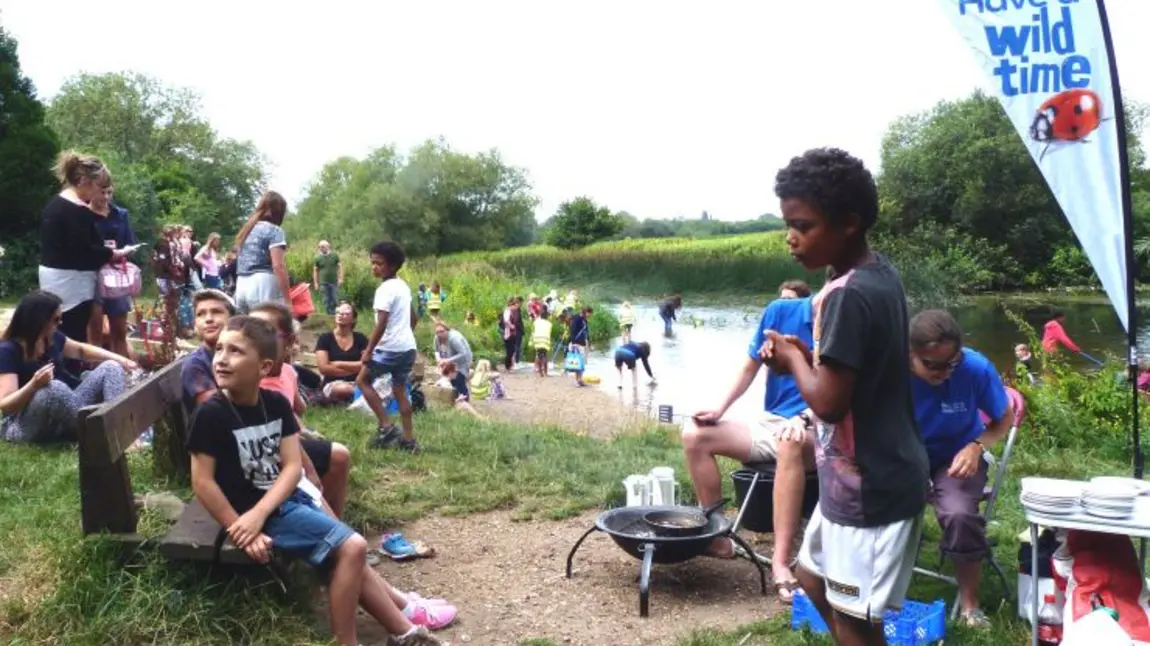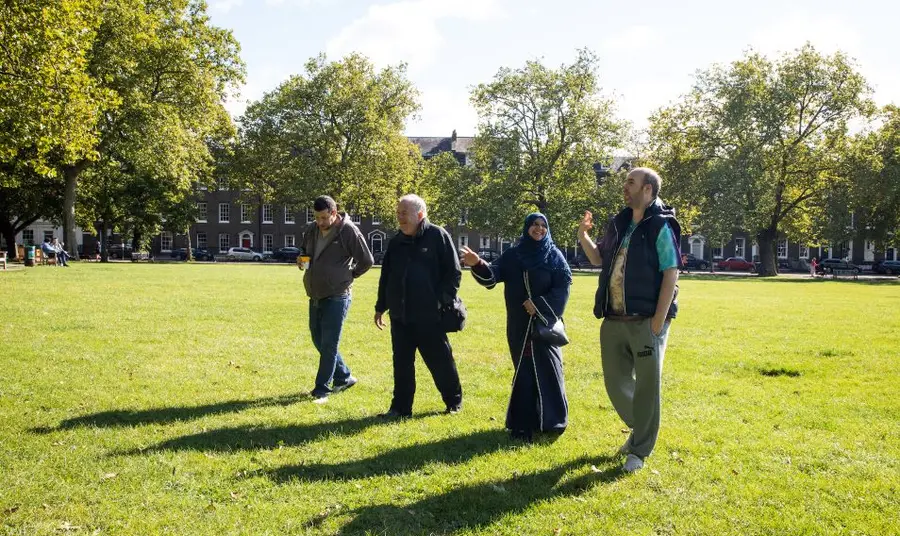How to create sustainable urban green space in your area

We celebrated the end of our three-year Future Parks Accelerator (FPA) programme in October 2022 with the Naturally Thriving online conference, sharing learnings from the projects.
The FPA programme, launched in 2019, has successfully shown the value of investing in parks and urban green spaces and helped local authorities maximise the benefits of their natural heritage.
Staff from the local authorities involved in the initiative have taken the extensive learnings from FPA to co-create 10 important conclusions to help others improve the use of green spaces in an urban environment.
There is a wealth of experience and positive and inspiring examples to share and learn from.
Eilish McGuinness, Chief Executive of The National Lottery Heritage Fund
The 10 recommendations
1. Know your green estate
- What is its current condition and future potential for people, place, climate and nature?
- Action: investigate and analyse the extent, condition, connectivity, use, income and expenditure. This baseline information is an essential foundation.
2. Be ambitious for environmental justice
- What are the most needed systemic improvements to green space to improve quality of life for everyone?
- Action: use environmental and socio-economic data to map and index urban local environmental quality. Identify investment priorities for green infrastructure ‘growth’ and the benefit of taking an integrated systems approach. Find out more on the environmental justice resource.
3. Ensure green space is central to local community life
- What do your communities need and how do they want to be involved?
- Action: ask communities and the voluntary community and social enterprise sector what they need from green spaces and what they can contribute to activate them and increase their benefit to communities.
4. Put health at the heart of green space strategy and plans
- How can the primary purpose and benefit of urban green space be maximised in the 21st century?
- Action: partner with health, social care and voluntary community and social enterprise sectors to upgrade your green spaces as public heath assets and co-create health service delivery, including prescribing nature-based activities and projects.
5. Grow your urban nature network
- How can you improve the benefit nature brings to people’s wellbeing and climate resilience?
- Action: audit the ecosystem services provided by the interconnected habitats in your urban area. Engage stakeholders and the public in identifying solutions and improvements to grow the network and enhance quality, connectivity and accessibility.
6. Make parks and green spaces a popular cause
- How can you attract and retain significant philanthropic funding and grant income?
- Action: create the capacity to act with charitable purpose, or in partnership with the voluntary community and social enterprise sector.
7. Be socially entrepreneurial
- How can you optimise income generation and boost jobs through activity that benefits communities?
- Action: with your communities, local businesses and social enterprises, explore and prioritise income generation and job creation opportunities from improved experiences of green spaces.
8. Promote green space as valuable natural infrastructure
- How can you make the case to invest in your green/blue network?
- Action: calculate the real economic value of your green estate (not just the maintenance cost or income generated) to demonstrate the high benefit to cost ratio.
9. Develop new sources of investment
- How can you attract new sources of long-term, dedicated investment for your green spaces?
- Action: explore your green finance potential; start by setting up a habitat bank.
10. Nurture your green team and wider ‘family’
- How can you ensure the capacity, capability and shared purpose to meet 21st century challenges and opportunities?
- Action: invest in your teams to build skills, confidence and capacity of staff and volunteers. Tap into the leadership and potential across your council and wider city network.
Visit the FPA website for even more resources to support your work with natural heritage.
The legacy of the programme
The projects we funded through FPA developed new ways of thinking about and planning for green spaces as natural networks, supporting a range of public health, wellbeing and climate resilience goals.
Eilish McGuinness, Chief Executive of The National Lottery Heritage Fund, said: "What is clear from the conference and the whole FPA programme is that we all feel passionately about our parks and green spaces and are actively looking for ways to consolidate the huge benefits that our local natural environment brought us all during the pandemic.
"The Future Parks Accelerator programme brought together a rich partnership of those at the forefront of green space management to provide new ideas, inspiration and encouragement. There is a wealth of experience and positive and inspiring examples to share and learn from, showing the value of investment in our green spaces and considering innovative ways of continuing that investment to create a naturally thriving local landscape for all to enjoy."
Hilary McGrady, Director-General of the National Trust, hosted the FPA conference’s first sessions. She said: “Over 80% of our population live in cities, so protecting and enhancing our urban parks and natural places is vital. The Future Parks Accelerator has done fantastic work to develop a vision for these urban green spaces, and I am delighted that so many leading organisations and authorities were able to come together at the conference to share their ideas and success stories of how to make this vision a reality.”
Our evaluation of the programme provides significant evidence of the importance of green spaces, the community value of those places and their ecological benefits.
Investing in nature projects
FPA was a partnership between The National Lottery Heritage Fund and the National Trust, backed by £14million of investment. The Department for Levelling Up Housing and Communities (DLUHC) also provided £1.2m in financial support.
The Heritage Fund is committed to protecting and preserving our natural heritage and supporting people’s health and wellbeing through engagement with a diverse range of public green spaces.
Find out how you can get funding for an urban green space project.



